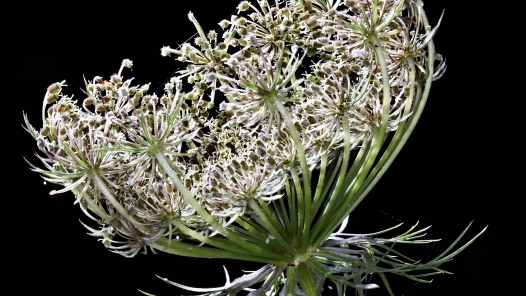여성을 위한 11가지 힐링허브 - 11 healing herbs for women
페이지 정보
작성자pistory 댓글 0건 조회 2,048회 작성일 14-05-22 02:48본문
Yarrow (Achillea millefolium)
Best for: Easing heavy periods.
Gladstar touts this flower as the go-to herb for lightening menstrual flow: “It slows excessive bleeding, relieves pelvic congestion and flushes out the liver so that estrogen and progesterone are processed more efficiently.” A 2013 University of Maryland Medical Center report says it may work by relaxing the smooth muscle in the uterus, which means it also eases painful cramps.
Dosage: Take two droppers of tincture orally every half hour until bleeding slows.
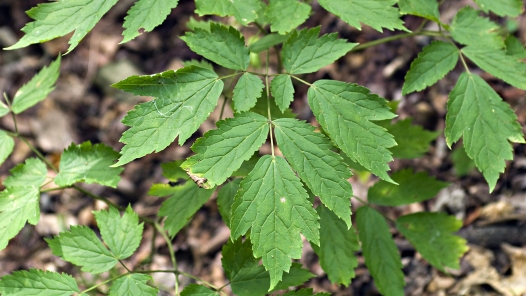
Black cohosh (Cimicifuga racemosa)
Best for: Combating hot flashes and night sweats.
“This herb is one of the best studied—and perhaps most popular—treatments for hot flashes,” says Tieraona Low Dog, M.D., author of a review of botanical supplements for menopause published in the American Journal of Medicine. Most studies have also found it to be effective in reducing night sweats associated with menopause, according to the National Center for Complementary and Alternative Medicine (NCCAM), part of the National Institutes of Health (NIH).
Despite research, though, no one’s quite sure how it works. One long-held theory asserts that black cohosh spurs the body to release estrogen (declining estrogen levels are a main cause of menopausal symptoms). Newer data suggest the herb may decrease levels of other hormones that spark hot flashes.
Dosage: You can find black cohosh in pills, with a recommended dosage of 20 milligrams twice daily. Lane P. Johnson, M.D., M.P.H., author of The Pocket Guide to Herbal Remedies, specifically recommends the brand Remifemin, a standardized extract that comes in tablet form and has been used in more than 90 studies.
Heads up: “Anyone with any kind of liver disorder or on any type of hepatotoxic medication” should put the kibosh on black cohosh, Johnson cautions. It also shouldn’t be taken during pregnancy or while breastfeeding.
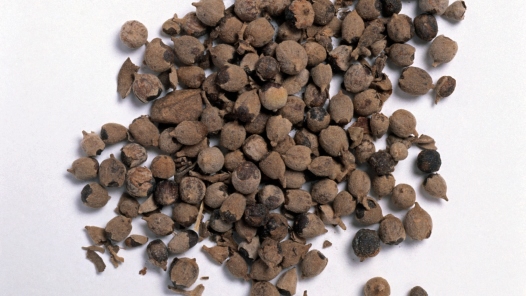
Chaste tree berry (Vitex agnus-castus)
Best for: Regulating menstrual cycles.
Women suffering from amenorrhea (no period), too-frequent periods or symptoms of perimenopause and menopause could benefit from trying this herb, says Donielle Wilson, N.D., past president and legislative chair of the New York Association of Naturopathic Physicians, who suggests it may help regulate and normalize the menstrual cycle. Limited research suggests that chaste tree berry may work by extending the luteal phase—or stage between ovulation and menstruation—of the monthly cycle, Low Dog says.
Dosage: Wilson recommends one or two capsules of dried chaste tree berry with 0.6 percent aucubin (the active ingredient). If you strongly prefer liquids, you can integrate the herb into your daily regimen by mixing 40 to 80 drops of chaste tree berry tincture into an 8-ounce glass of water, tea or juice.
Heads up: Rarely, the herb can cause a skin rash, and it should not be taken during pregnancy or while breastfeeding. It may also interfere with drugs that inhibit the effect of dopamine in the brain, including certain antidepressants (e.g., Wellbutrin).
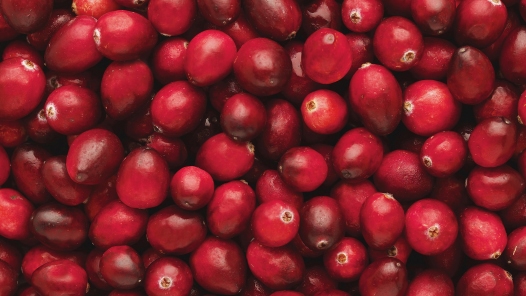
Cranberry (Vaccinium macrocarpon)
Best for: Preventing UTIs.
For reasons that aren’t well understood, women develop urinary tract infections (UTIs) more frequently than men. In fact, one in five women will get one in her lifetime, according to 2012 statistics from the National Institute of Diabetes and Digestive and Kidney Diseases. Most infections arise from an overgrowth of E. coli bacteria in the urethra and/or bladder. Cranberry prevents bacteria from adhering to the walls of either organ, making it difficult for an infection to take hold. It will not, however, kill the bacteria once they’ve set up camp; in that case, you’ll need prescription antibiotics.
Dosage: Drink at least one 8-ounce glass of cranberry juice a day, Johnson advises. Choose a high-quality version with a large concentration of cranberry versus other fruit juices or water. You can buy pure unsweetened cranberry juice, but it’s ultra tart. Since even a half-ounce to an ounce per day has been found effective, dilute it in water to mellow the flavor.
Heads up: There are no known medical precautions to consider, but if you suffer from gastroesophageal reflux disease or a peptic ulcer, the fruit’s acidity may aggravate your symptoms.
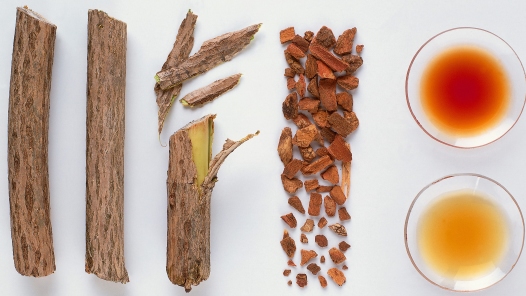
Cramp bark (Viburnum opulus)
Best for: Relieving menstrual cramps.
An alternative to ibuprofen, this flowering plant functions as a uterine sedative that reduces inflammation, relaxes spasms and calms an overactive uterus. It’s so effective that midwives often employ it to halt premature labor. Research, including a 2008 study on herbal remedies for painful periods, has shown that cramp bark has an anti-spasmodic effect on smooth muscle fibers, such as those found in the uterus and large intestine.
Dosage: Take one to two droppers of tincture in water every two hours as needed.
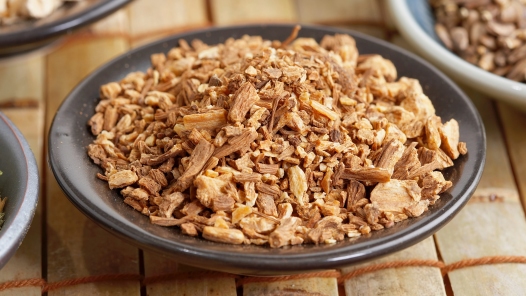
Dong quai (Angelica sinensis)
Best for: General female wellness.
Also known as dang quai, this Chinese herb is useful in treating fatigue, irregular periods and premenstrual irritability and anxiety, Dana Price, D.O.M., says. Scientists aren’t clear on how it works; dong quai may have a weak estrogenic effect, but this remains unconfirmed. In Traditional Chinese Medicine (TCM), the root is used in combination with other herbs to strengthen the blood of people with excess yin energy; women are generally—you guessed it—more yin than yang.
Dosage: TCM is highly individualized, so consult an accredited specialist for a correct herbal prescription, Price recommends.
Heads up: Avoid this one if you’re pregnant—it can stimulate uterine contractions, Price warns. “It may also cause diarrhea or abdominal distension,” she says. Dong quai can increase your sensitivity to sunlight, so be sure to wear sunscreen religiously. It’s also a no-go if you’re on a blood thinner, such as warfarin.
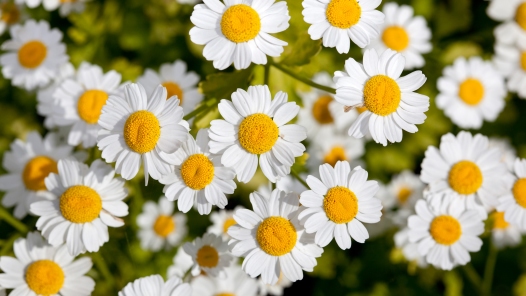
Feverfew (Tancetum parthenium)
Best for: Mitigating migraines.
Nearly three times as many women as men experience migraines, according to the National Headache Foundation. Feverfew may help relieve the nausea and vomiting associated with these debilitating headaches or reduce the need for preventive drugs, according to Mark Blumenthal, executive director of the American Botanical Council in Austin, Texas.
Dosage: To ease aches, Blumenthal advises taking 100 to 150 milligrams of dried leaves or chewing two and a half fresh leaves daily (with food or after eating).
Heads up: Pregnant women and anyone taking a blood thinner should steer clear of feverfew, Blumenthal says. If you’re allergic to ragweed (a member of the feverfew family), marigolds or chrysanthemums, it’s also wise to pass. Feverfew may also increase the risk of sun sensitivity caused by prescription medications like Retin A, so slather on physical blockers to protect yourself from damage.
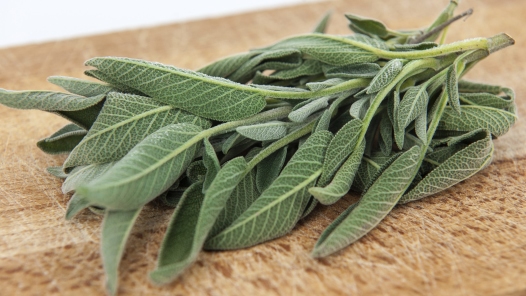
Sage (Salvia officinalis)
Best for: Taming hot flashes.
“Sage has been passed down from generation to generation in Western herbal tradition as the surefire cure for hot flashes,” says Sheila Kingsbury, N.D., chair of the Botanical Medicine Department at Bastyr University in Kenmore, Washington, and San Diego.
“The herb was also used in Native American cultures to clear negative energy, so it may help ease some of the irrational fears that can cycle through your head during menopause,” adds herbalist Margi Flint, author of The Practicing Herbalist. Bonus: Modern herb gurus believe that there’s an aromatic oil in sage that nixes the type of extreme sweating that often accompanies heat spells.
Dosage: Steep 1 tablespoon dried sage in 1 cup of hot water for 15 minutes or more; strain and cool. Drink up to three cups a day. If you don’t like the taste, put the tea in a spray bottle (after it has cooled completely) and spritz it on your neck.
Heads up: Avoid therapeutic doses of sage during pregnancy, or if you suffer from epilepsy.
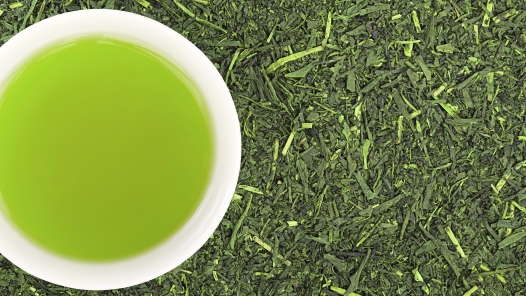
Green tea (Camellia sinensis)
Best for: Preventing cancer.
A growing body of research suggests drinking this Asian staple may help ward off the Big C. Many lab studies in petri dishes and on animals have shown that green tea has chemopreventive properties, according to a 2012 report from the American Cancer Society. Two meta-analyses, one published in the journal Carcinogenesis and the other published in Integrated Cancer Therapies, found that green tea consumption may prevent the growth of lung cancer and breast cancer tumors, especially in the early stages. (But if you’re undergoing treatment, don’t replace any medical therapy that’s working!)
Dosage: Drink six to 10 cups of organic green tea a day, suggests Christine Horner, M.D., author of Waking the Warrior Goddess: Dr. Christine Horner’s Program to Protect Against and Fight Breast Cancer. “Some research has found that removing the caffeine reduces the protective potential,” she notes, so opt for the caffeinated variety, unless you’re pregnant or must otherwise limit your intake of the pick-me-up. (FYI: A cup of green tea contains 20 milligrams of caffeine, about a quarter of the amount in coffee.)
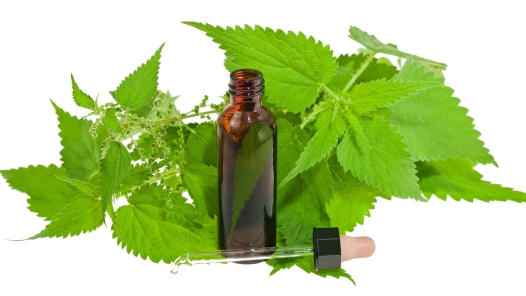
Nettle (Urtica dioica)
Best for: Helping anemia.
Tea made from this shrub becomes a rich plant-based source of iron, chlorophyll and folic acid; a 2013 study found its analgesic properties can benefit anemia, as well as seasonal allergies and UTIs. Nettle also contains vitamin K, which aids clotting, so it’s helpful if you lose a lot of blood because of heavy periods. It’s also a detoxifying herb that increases urine production, and it may be useful for skin conditions.
Dosage: Make a tea of 1 tablespoon dried nettle herb steeped in a cup of hot water for at least 30 minutes (or overnight); reheat and drink warm, three times a day.
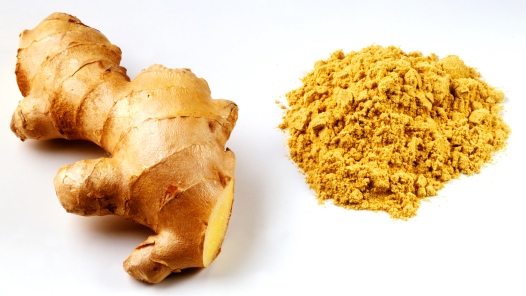
Ginger (Zingiber officinale)
Best for: Soothing nausea.
Whether your queasy stomach is caused by PMS, pregnancy-related morning sickness or an upcoming visit from the in-laws, ginger can most likely help. A review of clinical trials published in the journal Obstetrics & Gynecology concluded that the root is an effective treatment for nausea and vomiting during pregnancy. Studies have also shown ginger’s great success combating nausea from chemotherapy.
Dosage: “Stick with taking 250 milligrams, four times a day,” Low Dog says. Dried ginger yields the best effects (boil 1 ounce in a cup of water to create a tea), but cooking with the herb may also help.
Heads up: Few side effects are linked to normal ginger consumption, but powdered ginger may produce bloating or indigestion. It may also exacerbate heartburn in pregnant women.
댓글목록
등록된 댓글이 없습니다.


